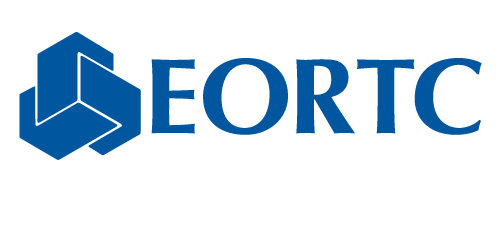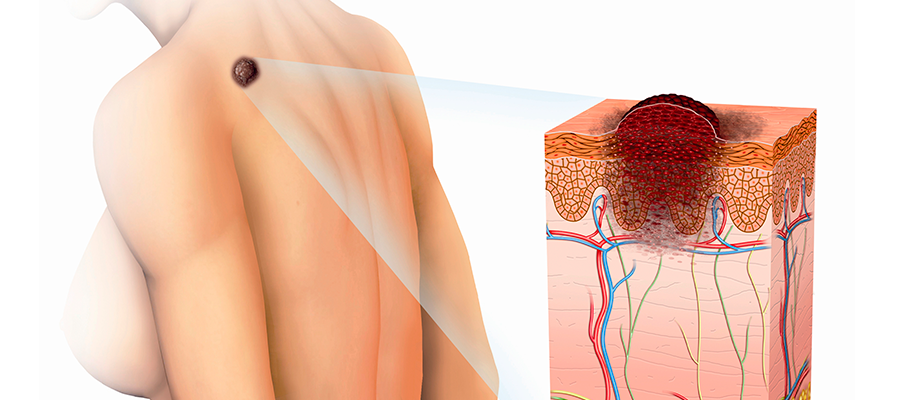EORTC Melanoma Group study selects AS15 adjuvant for active immunization with MAGE A3 protein for treatment of metastatic melanoma
29 May 2013
Results of the randomized phase II EORTC trial 16032-18031 reported in the Journal of Clinical Oncology showed that in MAGE-A3 immunotherapy, clinical activity was higher and a more robust cellular and humoral response was observed in patients treated with MAGE‑A3 plus AS15 adjuvant than for MAGE-A3 plus AS02B adjuvant.
Proteins encoded by genes of the MAGE‑A family are expressed in a variety of tumors. For example, the MAGE‑A3 expression frequency is up to 76% in melanoma and approximately 35-50% in non-small cell lung cancer. Furthermore, active immunization against the tumor-specific MAGE‑A3 antigen has been shown to cause durable clinical responses. This opens the possibility for an interesting therapeutic option: engaging the patient’s own immune system to eliminate tumor cells.
AS02B and AS15 are immunological stimulants, adjuvants, which can boost the cellular response to the MAGE-A3 antigen. The randomized phase II EORTC trial 16032-18031, then, was conducted to evaluate the toxicity and rates of clinical response of these two adjuvants combined with the MAGE-A3 protein antigen.
Advanced stage melanoma patients who were MAGE‑A3-positive were randomly assigned to receive immunotherapy with the MAGE‑A3 protein combined with either the AS02B (AS02B arm) or AS15 (AS15 arm) adjuvant. Endpoints for this study were toxicity and rates of objective clinical responses, progression-free survival, and overall survival.
A total of 75 patients were accrued to this study, and there were 36 eligible patients in each arm. Both immunotherapies were well tolerated. Three complete responses and one partial response were observed in the AS15 arm, and one partial response was observed in the AS02B arm. Progression-free survival at six months was 25% in the AS15 arm and 14% in the AS02B arm. At a median follow-up of 48 months, median overall survival was 33.0 months for patients in the AS15 arm and 19.9 months for patients in the AS02 arm. MAGE-A3 antibodies were found in all patients, but the antibody titers were three‑fold higher in the AS15 arm, and the anti-MAGE‑A3 cellular response was more pronounced.
Dr. Wim Kruit of the Erasmus Medical Center in Rotterdam says, “if these preliminary clinical and immunological activities of the MAGE-A3 protein antigen and AS15 adjuvant combination can be confirmed in larger phase III studies, an important new avenue for anti-cancer therapy can be opened. Especially the low toxicity profile makes this immunization strategy a very attractive potential new treatment option.”
Currently, and consequent to the results of this EORTC study as well as the study by Vansteenkiste and coworkers, GSK is investigating the MAGE-A3 antigen with AS15 adjuvant in two randomized, placebo-controlled phase III trials: the DERMA study in melanoma and the MAGRIT study in resected non-small cell lung cancer.
John Bean, PhD
EORTC Medical Science Writer
On behalf of the EORTC Melanoma Group
Related News
EORTC: Advancing research and treatment for rare cancers
29 Feb 2024
EORTC Fellowship Programme: celebrating more than 20 years of impactful collaboration
22 Feb 2024
Appointment of Malte Peters as EORTC Strategic Alliance Officer
9 Feb 2024
Unique series of workshops in partnership with the European Medicines Agency (EMA)
7 Feb 2024
EORTC launches a prominent clinical trial in older patients with locally advanced (LA) HNSCC (Head and Neck Squamous Cell Carcinoma)
14 Dec 2023
Seven IMMUcan abstracts selected for ESMO Immuno-Oncology Congress 2023
6 Dec 2023
EORTC Quality of Life measures integrated in CDISC
20 Nov 2023
EORTC and Immunocore are collaborating to launch the ATOM clinical trial of tebentafusp in Adjuvant Uveal Melanoma
7 Nov 2023
Treatment with decitabine resulted in a similar survival and fewer adverse events compared with conventional chemotherapy in older fit patients with acute myeloid leukaemia
31 Oct 2023
New results and forthcoming EORTC trials in rare cancers, lung, head and neck, and breast carcinomas presented at ESMO 2023
20 Oct 2023


